The global omnichannel market is set to reach $24 billion, showing how important and valuable it’s becoming. But we have seen from our experience that many brands stumble along the way.
With more and more online brands opening physical stores and vice versa, we have come across many shortcomings of brands. These mistakes can affect how happy customers feel and how strong the brand is if the mistakes are not fixed.
From our expertise, we have also put together some of our learnings in the blog – Bridging Online and Offline: The Omnichannel Approach
In this blog, we’ll walk you through the top five mistakes to avoid so your brand can deliver the smooth, connected experience that customers love and trust.

Understanding Omnichannel Success
When it comes to omnichannel marketing, success is all about making things easy and smooth for the customers, no matter how they interact with the brand. Whether they visit the brand website, browse through the app, or walk into the store, they should feel like they’re dealing with the same brand.
Frustrated customers may leave negative reviews, damaging the brand’s reputation. When customers don’t feel a consistent connection across platforms, it weakens the brand’s presence.
Over time, these small issues add up, and suddenly, the omnichannel strategy will not be delivering the results consumers hoped for.
Knowing where brands typically go wrong can help them avoid the same mistakes. With a few adjustments, brands can create a seamless journey that keeps customers happy and engaged at every touchpoint.
Retail success stories of the future will be those firms that find a way to master online retailing while still preserving their offline presence.
Brother Industries
Table of Contents
1. Pricing Discrepancies Across Channels
Consistency is the key to building trust among consumers. We generally sometimes come across a situation when we check the price of a product a price online, only to find it’s higher in-store. That’s the kind of thing that can make us feel like we are being treated unfairly.
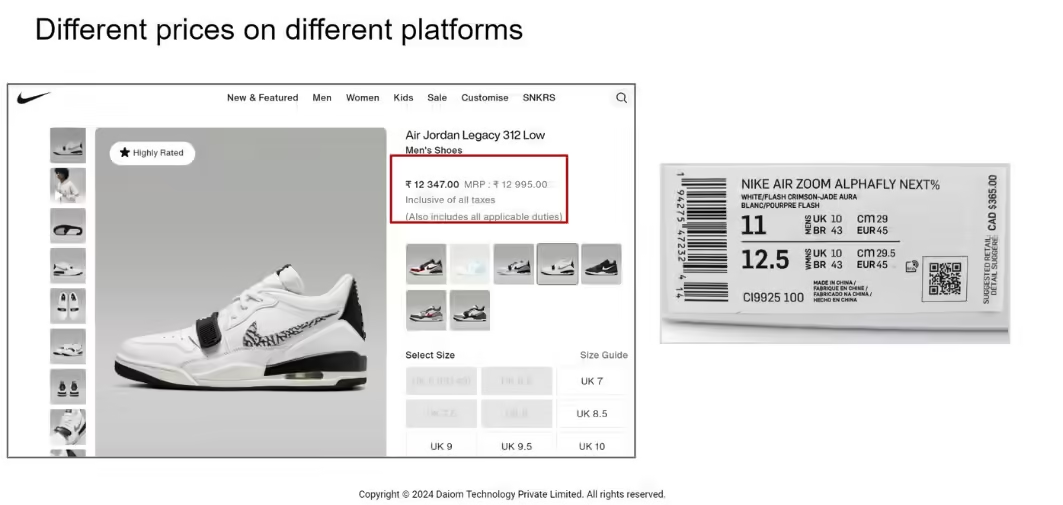
When prices vary across the website, app, and physical store, it creates confusion and disrupts the shopping experience. This inconsistency can lead consumers to second-guess their choice of brand.
Importance of Sales Representatives: How a sales representative interacts with consumers is crucial. Their ability to explain products and resolve issues significantly impacts purchasing decisions.
Customer Uncertainty: When we want to buy a product online but hear a salesperson say, “We can’t guarantee how good that product is online,” it adds to our uncertainty. The person assisting us can sway our decision to buy.
If you want to learn more about how to effectively bridge online and offline, check out our blog –Bridging Online and Offline: The Omnichannel Approach
Building Trust: Inconsistent pricing can break trust and lead to abandoned carts as consumers search for better deals elsewhere.
To resolve this, brands must synchronize pricing across all channels. If there are differences, like special in-store discounts, they should communicate them clearly. Transparency is key to building strong connections with customers.
2. Channel-Specific Employee Mindset
When we think about the best shopping experiences, it’s clear that all consumers want to feel aligned with the brand. Brands should unite to provide us with the best experience, no matter where we shop!
Channel-Specific Mindset:
Many brands still operate with a narrow focus, viewing roles as strictly tied to one area—like being an “online rep” or a “store associate.” This silo mentality makes it difficult for employees to see themselves as part of a larger, unified brand.
Creating Barriers:
This separation creates barriers that disrupt the customer experience. For instance, if we’re in a store and have questions about an online product, we may receive a blank stare from an associate who only focuses on in-store items.
Missed Opportunities:
When employees don’t communicate across channels, they miss valuable insights about customer behaviors and preferences. This disconnect can slow down their ability to adapt to our needs, leading to missed opportunities for enhanced service.
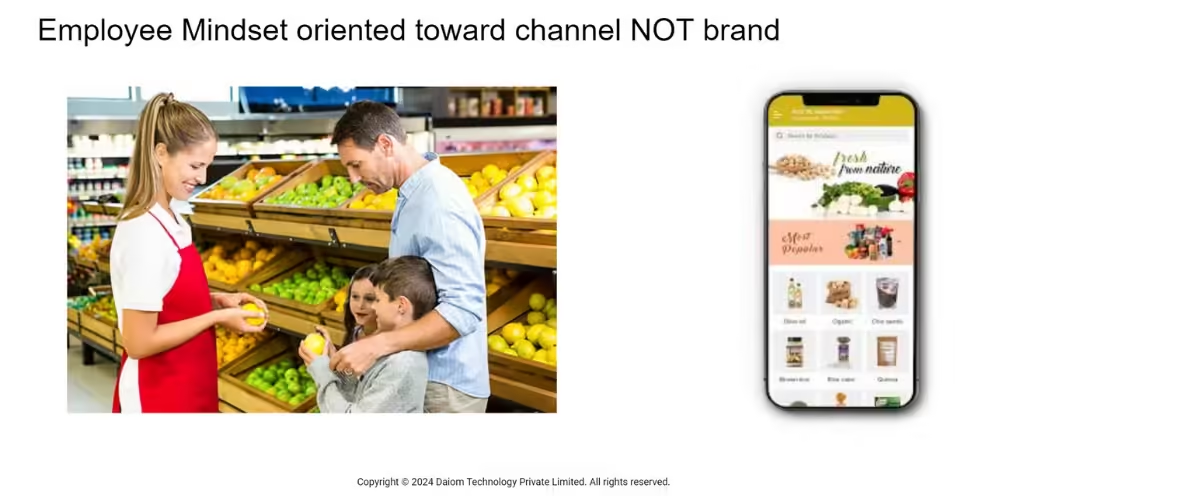
So, what can brands do to shift this mindset?
-
Implement Brand-First Training: Employees should be trained to think of themselves as part of “one brand” rather than just “one channel.” When everyone sees the bigger picture, it has a huge impact on how they interact with us as customers, creating a smoother experience.
-
Set Unified KPIs: Aligning team goals across channels ensures that everyone focuses on the overall customer experience rather than only their specific sales goals.This approach sends a clear message: “Let’s work together to give the customer the best experience, no matter where they shop.”
-
Hold Cross-Channel Workshops: By organizing workshops where employees from different channels can share insights and learnings, brands can foster collaboration and understanding. When everyone sees the value of a unified approach, it enhances our experience and strengthens the brand as a whole—a win-win for both customers and the brand!
3. Overlooking the Customer Journey
Shopping in a store can be simple and enjoyable. We can easily check out a product, see how it looks, and make our purchase right there. But sometimes, challenges arise:
Unhelpful Staff: If we can’t find the right size and the store representative isn’t eager to help, it can be frustrating.
Lack of Brand Representation: Store staff should represent the brand well, not just focus on their specific channel.
- For example, if we’re looking for a tee that’s only available online and ask about it in-store, we might hear, “We don’t have any idea about the app collection.”
- In reality, the salesperson might simply be trying to push us to shop in-store, which can feel frustrating for a customer.
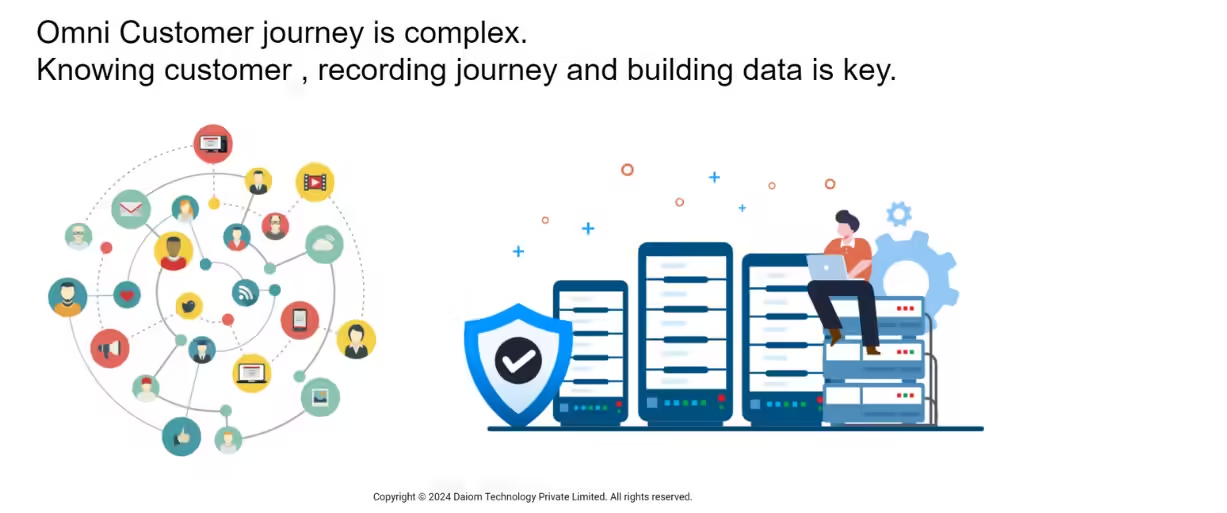
The Customer Journey Across Channels:
- Many customers start by browsing in a store, then check online before buying.
- Others might look at products online first, visit a store to see them, and then compare prices on sites like Amazon.
This journey can get complicated, and brands need to understand it to serve us better.
The Solution:
Brands must use data effectively to understand how we shop and make sure staff can support us, no matter where we choose to interact with the brand.
4. Ignoring Omnichannel Service
When it comes to shopping, brands often focus on marketing and overlook customer service. But great service is as essential as a good message—it’s what truly builds loyalty. Handling returns, complaints, and support well across all channels is key. Here’s why omnichannel service matters:
- Service Matters More than Ads: We often remember how we were treated more than any flashy ad. A great service experience can turn one-time buyers into loyal fans.
- Unified Support is Crucial: Consistent service across all channels—chat, phone, or in-store—creates a smoother customer experience.
- Training and Tools Make the Difference: Support teams need the right tools and training to help customers effectively, no matter the contact method.
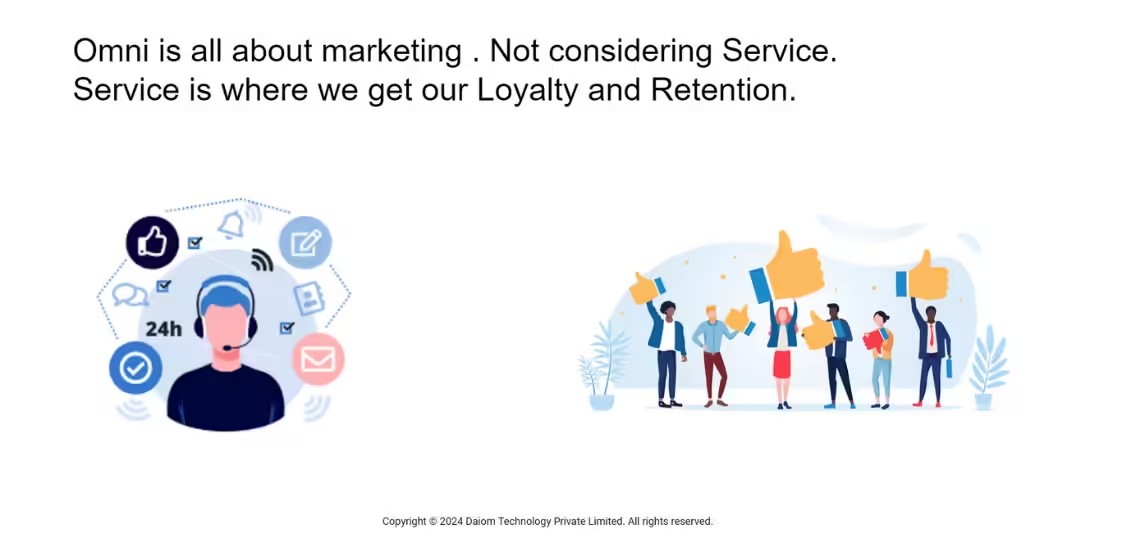
To keep improving, brands should:
- Track Service Metrics: Monitoring metrics like response time helps keep service quality high.
- Gather Customer Feedback: Feedback highlights areas for improvement, ensuring better customer satisfaction.
If a brand’s service doesn’t align with its omnichannel efforts, it risks losing out on lasting customer relationships. Consistent, high-quality service across channels can be a game-changer for loyalty.
5. Lack of an Experimental Mindset
When brands stick to their old ways, they limit their growth and innovation. They end up falling behind the competition, especially when other brands are quick to try new ideas and adapt. What worked last year might not work as well this year, and it’s important for brands to recognize that.
We’ve seen so many brands get stuck in a loophole, doing the same things over and over again. They miss out on the new trends that could help them connect better with us, the customers.
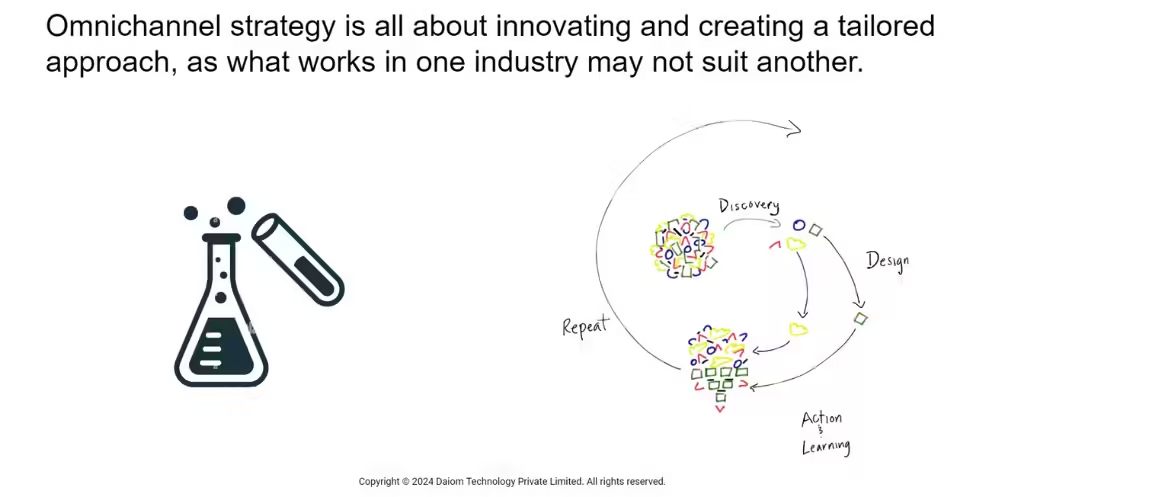
We sometimes come across brands that might have a solid presence on social media but completely ignore sending personalised messages through platforms like WhatsApp and RCS. It is like the brand is not taking care of reaching the consumers where they are most comfortable.
So, what can brands do about this?
How Can Brands Break Out of This Cycle?
Explore New Channels: Testing alternative platforms for engagement, such as RCS or WhatsApp, can be a workable. These channels enable more direct, personal communication and can make a brand feel more accessible. By meeting us where we are, brands can build stronger connections and improve overall customer satisfaction.
Implement A/B Testing: Regular A/B testing is crucial for learning what truly resonates with customers. Brands should test different aspects of their campaigns—like messaging styles, visuals, and even timing. This approach provides insights into which strategies work best, allowing brands to adjust their tactics based on real customer feedback.
Stay on Top of Industry Trends: Today’s market moves fast, and staying informed about new developments is essential to remain competitive. Being open to change and willing to experiment with trends helps brands stay relevant. This approach not only keeps them ahead of the curve but also ensures they’re delivering experiences that keep us, the customers, engaged and excited.
When brands embrace change, innovation, and a willingness to adapt, they’ll not only stay relevant but also build loyalty by showing they’re committed to understanding and meeting our needs in the best way possible.
Providing the customer with the ability to shop seamlessly on their own terms, through any channel they choose has now become table stakes.
StoreForce
6. Conclusion
By avoiding these common mistakes mentioned above, you can build a strong, reliable omni channel presence that delights your customers and keeps them coming back.
After all, it’s about creating an experience that feels like a natural fit, no matter where the customer starts or ends their journey.
Also read our blog – Bridging Online and Offline: The Omnichannel Approach


